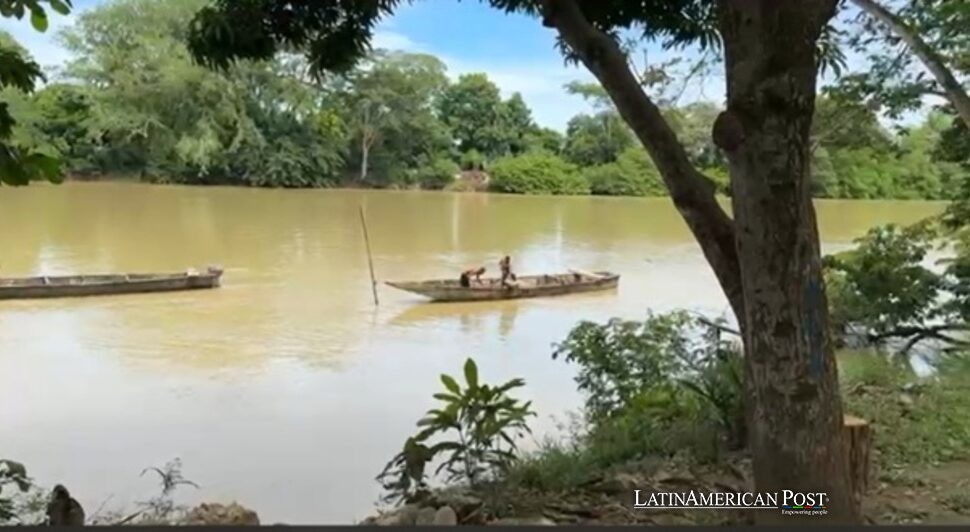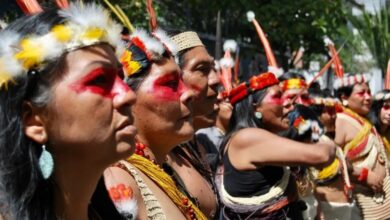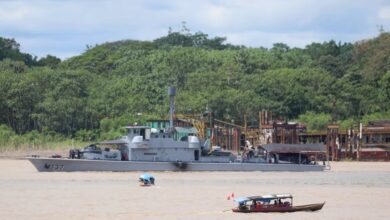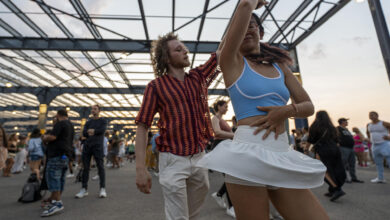Colombia Reclaims the Sinú: How Montería Turned Its River Into Its Future

Montería once turned its back on the Sinú. Now, a river-first revival is rewriting the city’s map, economy, and identity. From the Ronda del Sinú park to the Businú pilot, Colombia’s river capital is betting that water unites rather than divides.
From Neglected Bank to Civic Living Room
A century ago, boats tied up along the Sinú carried salt and fabric from Cartagena. By mid-century, asphalt replaced oars, and Montería faced inland, its riverbanks sinking into mud, crime, and neglect. For decades, the Sinú was a border—between neighborhoods, between social classes, between memory and shame.
Lino José Pérez, who has ferried passengers across the river since he was a boy, remembers when “it was hard to pass without being robbed.” For families like his on the historically excluded left bank, the river felt like a wall rather than a bridge.
Then came the Ronda del Sinú, a sinuous, green promenade that transformed four kilometers of waterfront into public space. Since 2005, this park has done more than beautify the city—it has healed a relationship. In the afternoons, families stroll beneath palm trees, children race bicycles, and teenagers skate along the river’s edge while herons glide overhead.
The Ronda is not just landscape architecture; it is policy disguised as leisure. It combines security, inclusion, and pride in one continuous gesture along the water. In a city once marked by inequality and fear, the river became everyone’s living room. “It gave us back our sense of belonging,” said one local shopkeeper, watching as a group of children fed iguanas near the boardwalk.
Montería’s experience shows what happens when a city reclaims its river: safety improves, public life flourishes, and politics cools down. Parks alone don’t solve injustice, but they announce what a city values—and Montería is saying, clearly, we belong by the river.
A River Bus and a Bigger Idea
It’s one thing to walk beside the river; it’s another to make it the backbone of mobility. That’s the promise of Businú, the public “river bus” expected to start service in early 2026. Fifteen blue steel stations are planned—three already finished—with two hybrid vessels under construction, each seating 32 passengers under air-conditioned canopies powered partly by solar energy.
The route will connect downtown Montería to its rural outskirts, which cover nearly all the municipality’s land and house almost a quarter of its population. For those residents, the river remains the most direct route to the city—but until now, it has never been part of its transportation network.
Businú began with optimism in 2019, then stalled during the pandemic. Costs ballooned, forcing officials to scale back from four terminals to three. What was once budgeted at 10,000 million pesos has doubled. However, the delays conceal a larger story: this isn’t just a transportation project—it’s a declaration of priorities.
By putting public transit on the river, Montería is saying that the Sinú is no longer just scenery—it’s infrastructure. It’s saying that rural residents are part of the urban plan, not afterthoughts. And it’s reminding the world that Colombia’s climate transition won’t happen only in laboratories or policy papers—it will happen on the deck of a quiet blue boat moving between mangroves.
If it succeeds, Businú will accomplish three things simultaneously: ease congestion, reconnect rural and urban life, and normalize the idea that rivers are arteries, not obstacles. Other cities are watching. Montería may be designing a model for every Colombian community built along water.
Bridging Inequality, Not Just Shores
When Montería’s former mayor took office in 2012, the city’s river was an open sewer. More than 380 kilos of trash and half its sewage flowed into the Sinú every day. The left bank felt so excluded that it nearly seceded from the union.
That began to change when City Hall opened a satellite office across the river, extended the Ronda del Sinú there, and started investing in infrastructure. The river didn’t divide the city—neglect did.
Now, Montería’s challenge is to extend the revival beyond aesthetics. Lino Pérez, steering his wooden planchón across the river, worries about what will happen when Businú launches. “If people stop taking my boat, how will I feed my family?” he asked.
His question strikes at the heart of the issue of inclusion. A successful river project cannot replace the informal economy that kept the river alive when the city ignored it. It must bring planchón operators into the system—as guides, partners, even crew. A revival that erases the old river culture would betray the very people who kept it afloat.
And as new parks rise—like the planned “Central Park del Sinú” on 12.8 hectares of reclaimed land—justice must flow upstream. A waterfront that dazzles tourists means little if upstream creeks still carry raw sewage. True renewal isn’t beautification—it’s balance: clean water, cool shade, and opportunities shared across both banks.

Latin American Post
Guardrails for a True River Renaissance
Montería’s transformation is a rare success story in Latin American urban development, but its next chapter depends on four key guardrails.
First, governance must be basin-wide. What happens in Antioquia’s headwaters—deforestation, mining, erosion—shapes the Sinú’s floods and droughts downstream. Coordination with regional authorities can’t be optional. The river’s name, derived from the Zenú language, meaning “land of mingling waters,” serves as a reminder that rivers are networks, not boundaries.
Second, climate resilience must guide design. A river bus is only as reliable as the river itself. If drought leaves vessels stranded or floods submerge docks, enthusiasm will sink with them. Flexible stations, variable-depth channels, and electric propulsion can future-proof the system.
Third, accessibility must be sacred. If fares are too high, Businú will become a novelty for tourists, not a lifeline for workers. Transparent subsidies aren’t waste—they’re equity made tangible.
Finally, participation must steer the wheel. Train local youth as deckhands and mechanics. Invite left-bank women to staff stations. Include the planchoneros in safety planning. On a living river, legitimacy is as vital as logistics.
Montería’s embrace of the Sinú is more than an engineering feat—it’s a cultural reawakening. “It’s more than a park,” the mayor likes to say. He’s right. It’s a politics of belonging built on boardwalk planks, shade trees, and blue canopies gliding under a tropical sun.
Also Read: Ferries on Pause: How Trinidad–Venezuela Tensions Are Sinking Everyday Life
For decades, Colombia treated its rivers as threats to control. Montería is teaching a different lesson: water connects. The city’s future depends on listening to its ferrymen, its families, and the current itself. If it continues to listen, the Sinú will do what rivers have always done when we let them—it will carry the city forward.





